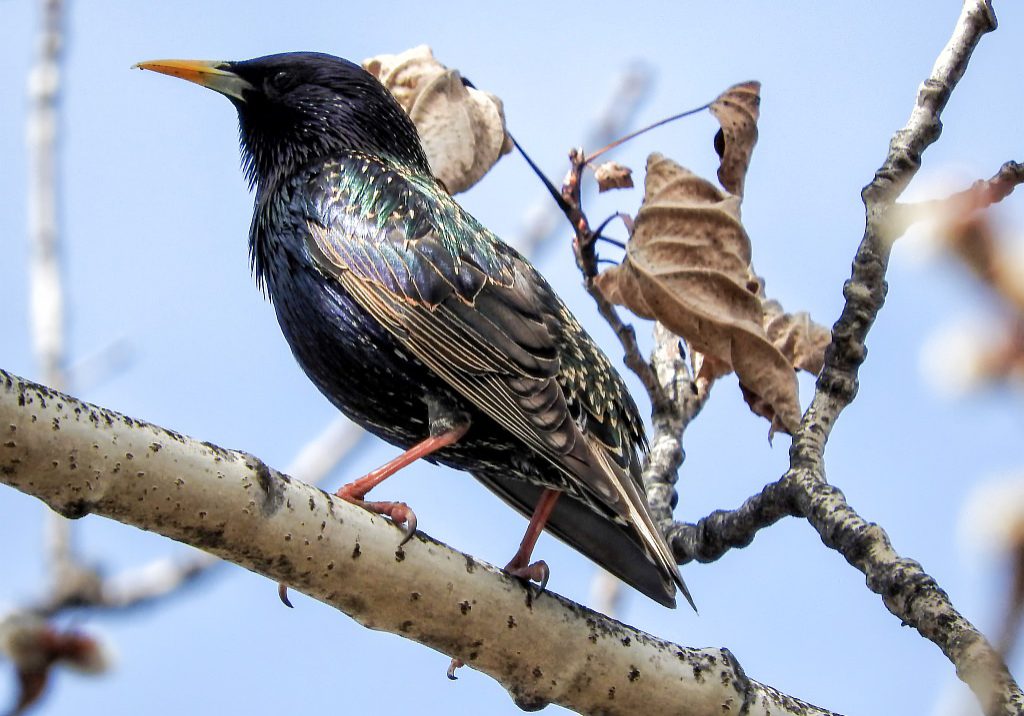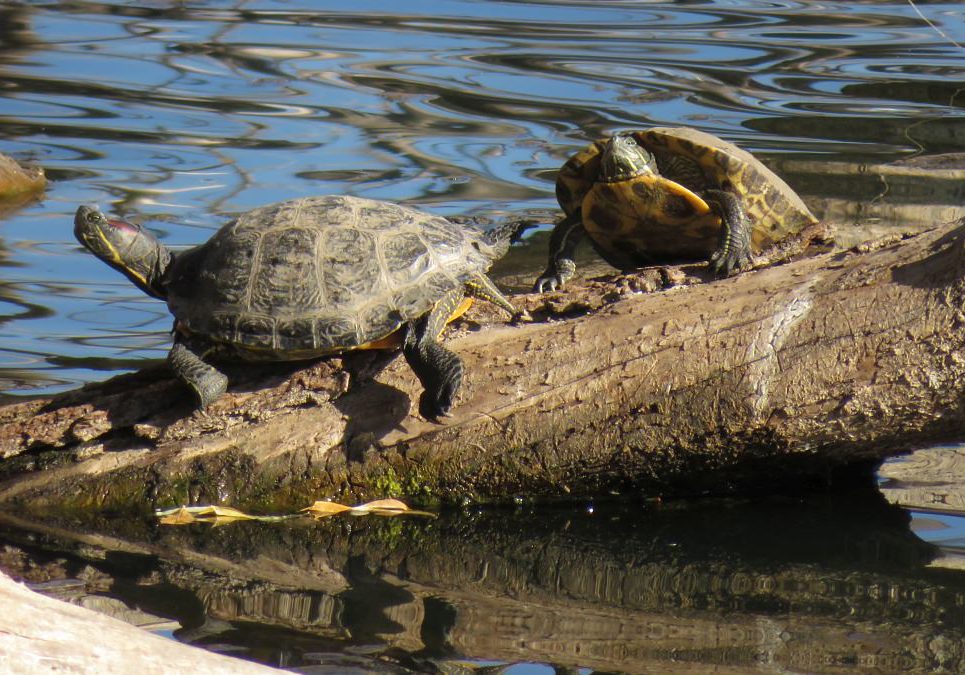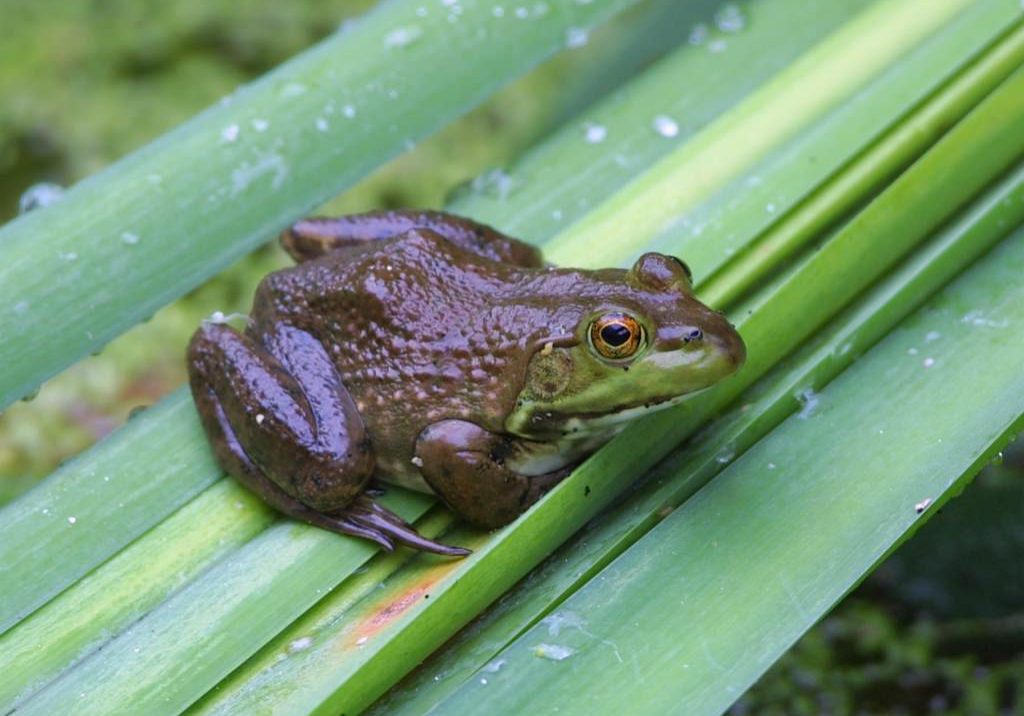Non-native Animals
Colorado has been invaded by numerous non-native animals over the past several hundred years. As a result, local native species are impacted through competition and disrupted ecosystems. For example, non-native freshwater mussels, such as Quagga and Zebra Mussels, have found their way into Colorado’s rivers and lakes and pose significant threats to water infrastructure and water quality. Some non-native animals are well established in Colorado, such as the European Starling and Northern Pike. CNHP in its mission to advance the conservation of rare plants and animals in Colorado recognizes the importance of tracking and monitoring invasive species.
Strict regulations to prevent the spread of exotic mussels have been implemented by Colorado Parks and Wildlife. Learn more:
- CPW's Invasive Species Program



Two invasive animals on CNHP’s radar are the bullfrog and the red-eared slider turtle.
Bullfrogs were introduced into Colorado from the eastern United States in the early 1900’s and rapidly spread throughout eastern Colorado with new populations recently found in western Colorado. The foremost concern for bullfrogs in Colorado is the direct competition between this hardy species and the native northern and plains leopard frogs. The bullfrog has been associated with declines in leopard frogs by outcompeting them for resources and directly predating on the smaller frogs. Bullfrogs are also carriers of chytrid fungus and can spread this amphibian disease to native species that may be more susceptible to the fungus. CNHP tracks both the northern and plains leopard frogs and recognizes the detrimental role bullfrogs currently play in the conservation goals of these species. Future goals at CNHP include an observation database on bullfrogs to assess range overlap with leopard frogs and to monitor the spread of this highly successful colonizer.
Red-eared slider turtles, a favorite species in the pet trade, have recently established localized ponds and lakes throughout Colorado. Recent efforts by biologists in Colorado have focused on finding the current distribution of this invasive turtle in the state. This turtle can become too large for the average pet owner and is often released into local ponds and lakes. Despite being native to the southeastern region of the United States, it can apparently survive winters in Colorado although successful reproduction has not been documented. The native painted turtle may be impacted by red-eared sliders through competition for food and basking sites. Further research into these recent invaders is needed to determine how they compete with native turtles and whether breeding populations can be established.




